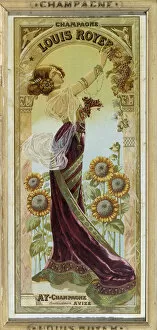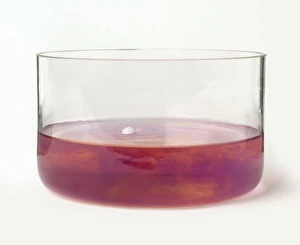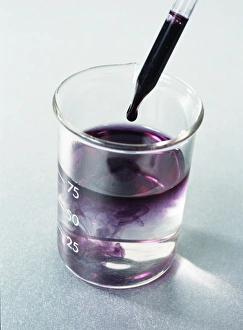Litmus Collection
Discover the captivating world of litmus, a natural dye derived from the Trenfle lichen (Lichen perellus
All Professionally Made to Order for Quick Shipping
Discover the captivating world of litmus, a natural dye derived from the Trenfle lichen (Lichen perellus). In "Alphabet by Mademoiselle Lili," Therese and Tendresse learn about this magical substance on page 33. Sunflowers, with their radiant Taupe hues, serve as a perfect metaphor for litmus' ability to change color based on its environment. From Paul Gauguin's Sunflowers in an Armchair painting to the advertising poster for Louis Royer champagne, sunflowers have long been associated with light and energy. This connection is not lost on litmus, which thrives under sunlight. The sunflower's transformation mirrors that in a solution. When exposed to an acid, litmus turns red, while an alkali causes it to turn blue. This simple yet profound reaction has been documented since the late 19th century, as seen in an anonymous illustration from 1925. In the lab, sodium metal reacts with red litmus water, producing sodium hydroxide and hydrogen. The litmus solution then turns blue, signaling the completion of the reaction. This process, much like the sunflower's transformation, is a testament to the power of nature and science intertwined. From the pages of children's books to the canvas of famous painters, the sunflower's symbolism and litmus' chemical reaction continue to inspire and captivate us. Embrace the beauty of these natural wonders and the knowledge they impart.















